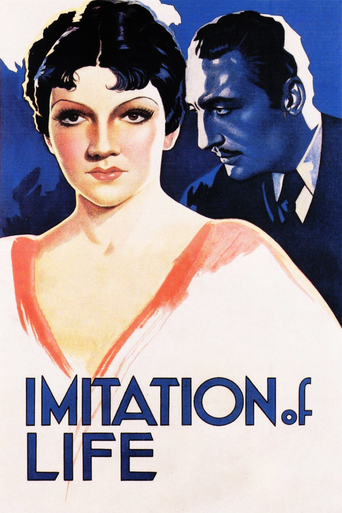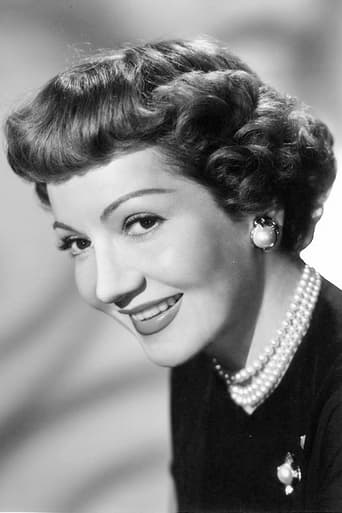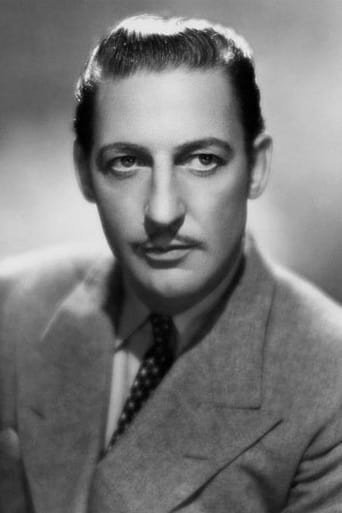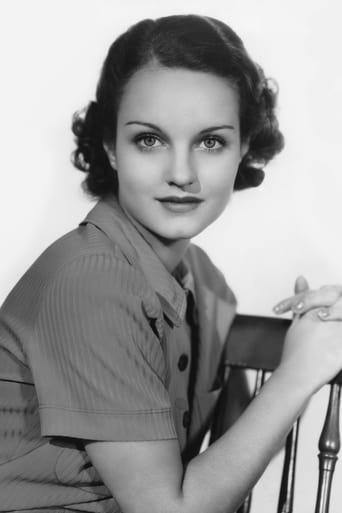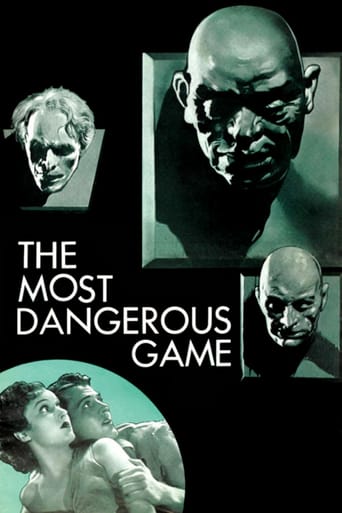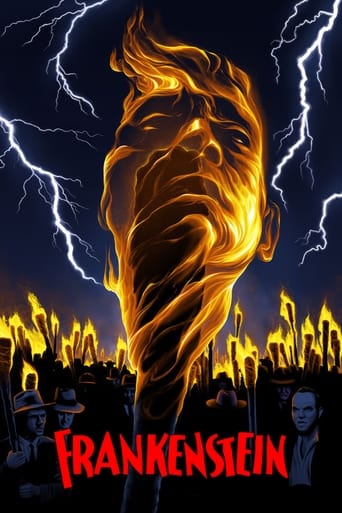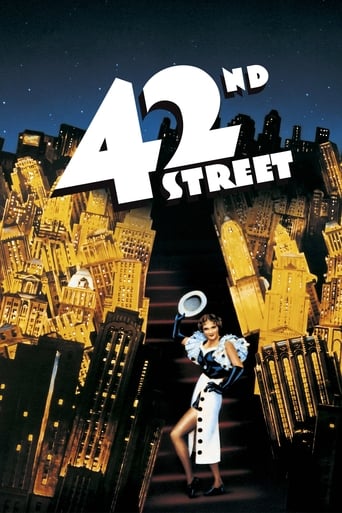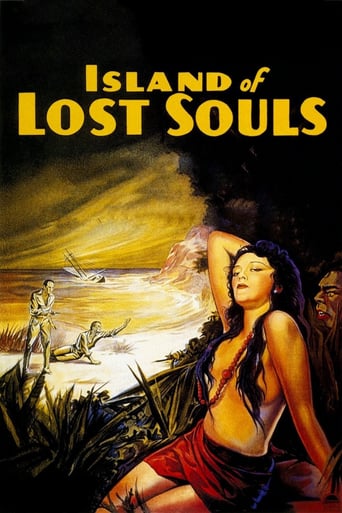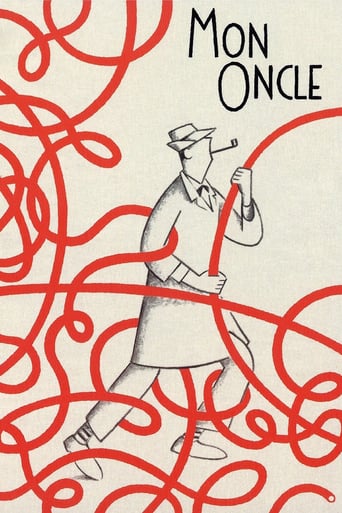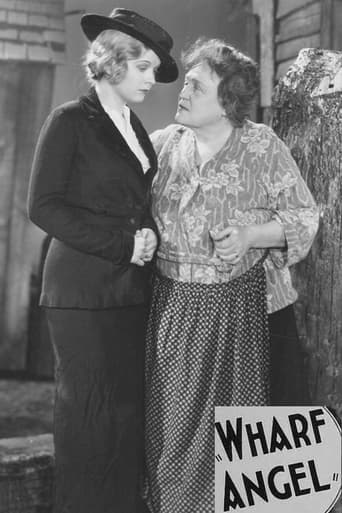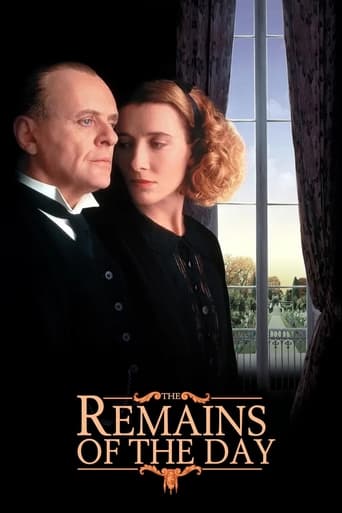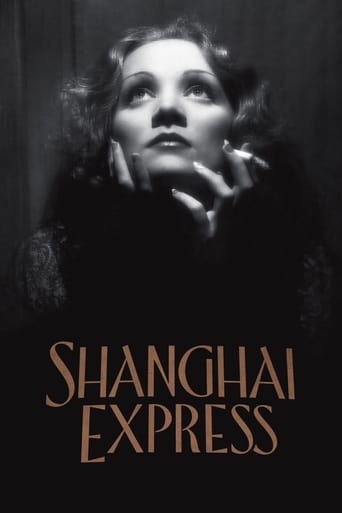Imitation of Life (1934)
A struggling widow and her daughter take in a black housekeeper and her fair-skinned daughter. The two women start a successful business but face familial, identity, and racial issues along the way.
Watch Trailer
Cast


Similar titles
Reviews
Such a frustrating disappointment
Memorable, crazy movie
It is not deep, but it is fun to watch. It does have a bit more of an edge to it than other similar films.
This movie tries so hard to be funny, yet it falls flat every time. Just another example of recycled ideas repackaged with women in an attempt to appeal to a certain audience.
Bea Pullman and her daughter Jessie have had a hard time making ends meet since Bea's husband died. Help comes in the form of Delilah Johnson, who agrees to work as Bea's housekeeper in exchange for a room for herself and her daughter Peola. Bea comes up with a plan to market Delilah's pancake recipe. The two soon become wealthy and as the years go on, their friendship deepens.This film came in a two-disc set with the remake, also called "Imitation of Life" and directed by Douglas Sirk. Now, I tend to think Sirk is one of the all-time greats, and really was not appreciated until much later. It would be hard for me to say this is the better film.However, this is probably the braver film. The way it handles race is amazing, and seems far ahead of its time. Not only is there a very positive relationship between the two female leads (with race only being a minor factor), but e even get into what it means to be black, but a lighter shade of black. Did it happen that lighter-skinned children disowned their darker parents? As hard as that is to accept, I think it must have been true in rare cases, maybe even still today.
This 1934 filmed version of the story, which is well written, acted and directed, is the one worth watching. The 1959 version, which is none of these things, has purely historical interest. And the historical interest is this: if these films are anything to go by, in the 25 years between them race relations and the filming-making craft in America both went into reverse. Concentrating on the treatment of race for a moment, while the rabbit's foot and the 'will to death' clichés about African Americans have gone out of the story by 1959, opportunities and recognition for their race are seemingly more elusive than before. The Annie character in the earlier film is a business partner (albeit an unequal one, a '20%er') of her white friend; in the latter version she is no more than her maid and occasional confidante. In the 1934 version, Annie's daughter conforms to the 'tragic mulatto' stereotype but retains personal dignity; in the 1959 version she conforms to the 'promiscuous mixed-blood' stereotype and ends in the gutter. Both scripts struggle to interconnect the relationship between the ambitious white woman and her daughter and the relationship of the black woman and her daughter, in terms of dramatic action, thematic content and comparative time on screen. Although the films place both relationships under the one roof, they run largely in parallel: problems of 'white folks' and problems of 'black folks' are perceived to be so separate. The latter version does worse in this regard. At least the 1934 version tries to bridge the gap by having the Claudette Colbert character go in search of the runaway Sarah Anne. Lana Turner's character just pitches in a few trite comments. This lack of emotional commitment robs the final scene in the 1959 film of any of the power that is present in the earlier version when Colbert goes to comfort Annie's daughter at the hearse. With its undistinguished supporting cast, a terrible score and sometimes laughable dialogue, the remake would, I suspect, have disappeared from critical discussion had it not for its 'controversial' subject-matter and the star pull of an aging Turner. The 1934 version still looks and feels somewhat brave; certainly it has a lot more heart and quality. The DVD's quality in sound and image are also good.
The 1934 version of "Imitation of Life" is today seen as an important Hollywood film concerning race. In it, a white widow and her black live-in maid form a bond that endures through the years. However, the maid struggles continually with her light-skinned daughter who yearns to 'pass' as a white woman due to the opportunities it presents.To give an idea of where I'm coming from with my comments on this film allow me to state that I'm a white male, 31 years of age. Obviously, what I've seen in my own lifetime regarding race relations reflects much more progressive views than those of 77 years ago. Nevertheless, I know enough to put the film in the proper context of time & place.The filmmakers had guts for tackling an adaptation of Fannie Hurst's novel at the dawn of the Hays code era. For instance, they were cautioned to avoid the subject of miscegenation, which was forbidden by the code. Ultimately, though, they were able to make enough concessions to see release without completely undermining the story.While there are elements of the story that are stereotypical I feel that the story is reflective of reality, at least a certain aspect of reality. The stereotype embodied by Delilah may be hurtful but I see it as part of the film's dramatic license. Peola's rejection of her race has its roots in the perceptions of others. Her mother represents the prevailing perception of black women by white America. Since it would be naive to suggest that absolutely no-one fit this stereotype, the character of Delilah is realistic in a sense. However, the important thing to keep in mind is that Delilah, while stereotypical, is not necessarily meant to be representative of all black women. Of course, that's just my own opinion. For all I know, the filmmakers may have just been woefully ignorant.Regarding Peola's desire to 'pass' for white, it may not be laudable but it is understandable. Given the deplorable state of race relations in the 1930's it's not surprising for someone of colour to crave the opportunities that others took for granted. Such feelings are bound to be exacerbated when being raised in close contact with a white family consisting of a mother & daughter.Leaving aside considerations of race, how does the movie function as a narrative? Is it just another film whose importance outweighs its entertainment value? As far as that goes, I'm not ashamed to admit that I wept at the emotional finale, which ought to illustrate the film's power. The movie's impact transcends age, sex & race since it's ultimately about the universal theme of parent-sibling relationships.In the end, while the acting and script show some imperfections and the direction isn't particularly impressive I'd have to say that "Imitation of Life" is a success as a film. Though the 1959 version is a bit more progressive and better in its individual parts I think that this version is better on the whole.
Let's get down to it! Here's Hollywood's best pre-WWII effort to portray not only white-black racism, but its subtleties. I doubt many women shared the caring relationship of Bea and Delilah. What offends some I strikes me as honest. For the one or two absurd moments (e.g., the faithful, mourning Negro servants in the you-know-what scene), many more are deft and moving. The lavish 1959 version cannot compare. (Love Lana Turner, but she and Juanita Moore are wooden and embarrassing in the remake; it's worth seeing for Mahalia Jackson and of course, Susan Kohner's scenes at the cocktail party and getting beaten in the back alley. Susan's scenes are so showy that they kill any hope of honesty, which was never in the script to begin with)!At the beginning of this version, do you remember Delilah's response when Bea asks why she hadn't taken the streetcar? Racism is accepted as a given; the characters cast their lot from there. Both women have seen tragedy, and The Depression looms. In this crucial aspect, Bea and Delilah are equals. But to get anywhere with such a touchy gambit, the lead performances had better be good. Louise Beavers is mesmerizing. I cannot say she gives the best performance I've seen on the silver screen, but it's hard for me to name a more focused one. It is easy to dismiss her lines as demeaning or simple-minded. With each viewing, I see a woman whose circumstance and inner strength enables her to look beyond the mortal sorrows of this life. Doesn't she ring a bell, especially if you grew up black in the South? She was so many of our mothers, aunts and grandmothers. Ms. Beavers nails it.In this plot, she's more: She is a a mystic whose spirituality not only complements but critiques Bea's get-ahead pragmatism. Pre-feminist themes ricochet in this picture: successfully, I think.I'm gonna get slammed for my only significant reservation: I don't feel Fredi Washington's performance. She's more than adequate, but in no league with Louise Beavers or Claudette Colbert. From all that I have read and heard about her, I conclude that Ms. Washington let her own good taste get the best of her. She seems to underplay on purpose, to evoke a smoldering quality of rage. If I am correct, I appreciate her instincts, but they cannot work over every scene she has in this potboiler plot.Nothing about this movie is weak. Even the few headslapping moments are so sincere that they come off as camp, at worst. Frankly, I'm not sure I could otherwise bear Louise Beavers' last scene. Notice that her face is almost immobile; a single glycerin tear rolls down her cheek; her final, wrenching line reading is actually disembodied, off-camera (a master stroke of direction). This, folks, is the killer scene for me -- not the histrionics at the hearse, which grabbed me mainly inasmuch as they showed an unqualified moment of dignity in black America, rare for 30's Hollywood. Note the sympathetic white mourners who have a line or two...Claudette Colbert is radiant, as previous posters have said. Her performance is less memorable than Ms. Beavers', yet she hits the bull's-eye. Bea is warm but just distant enough to put across a real woman of her time, a white one who can never hope to understand black folks or the many contradictions of her relationship to them. In her best moments, which are without dialogue, Colbert conveys this delicate point. (Anyway...Bea has her own slutty daughter to worry about, right?) It was said that Ms. Colbert had the best figure on the Paramount lot -- not lost on Universal, which dressed her to the nines in scene after scene. It's hard to believe Colbert was barely 30 at the time. She looks no older, but acts as if she were going on a hard 50. And what a year for her! She won the Oscar for "It Happened One Night," and also scored this second huge hit, which artistically speaking is hardly chopped liver. She made both movies on loan to other studios after Paramount suspended her! Talk about having the last laugh: if only Louise Beavers could have shared it in her own career!I first saw this film on the big screen about 20 years ago at a now-defunct repertory cinema in Chicago. The matinée comprised me and a handful of elderly black women. We applauded as the curtain rang down; the clapping had the satisfied quality that follows a parable.

